Computational design or algorithm-based computation is the third fourth era of development of the use of computers in the field of architecture. Now, machine learning is the continuation of computational design and it is bringing new scopes and opportunities to contribute to the field of architecture. So, the start of computational design starts from the laboratory of MIT where the trajectory of missiles is being calculated with the help of large machines during World War II which we know as the first digital computers.
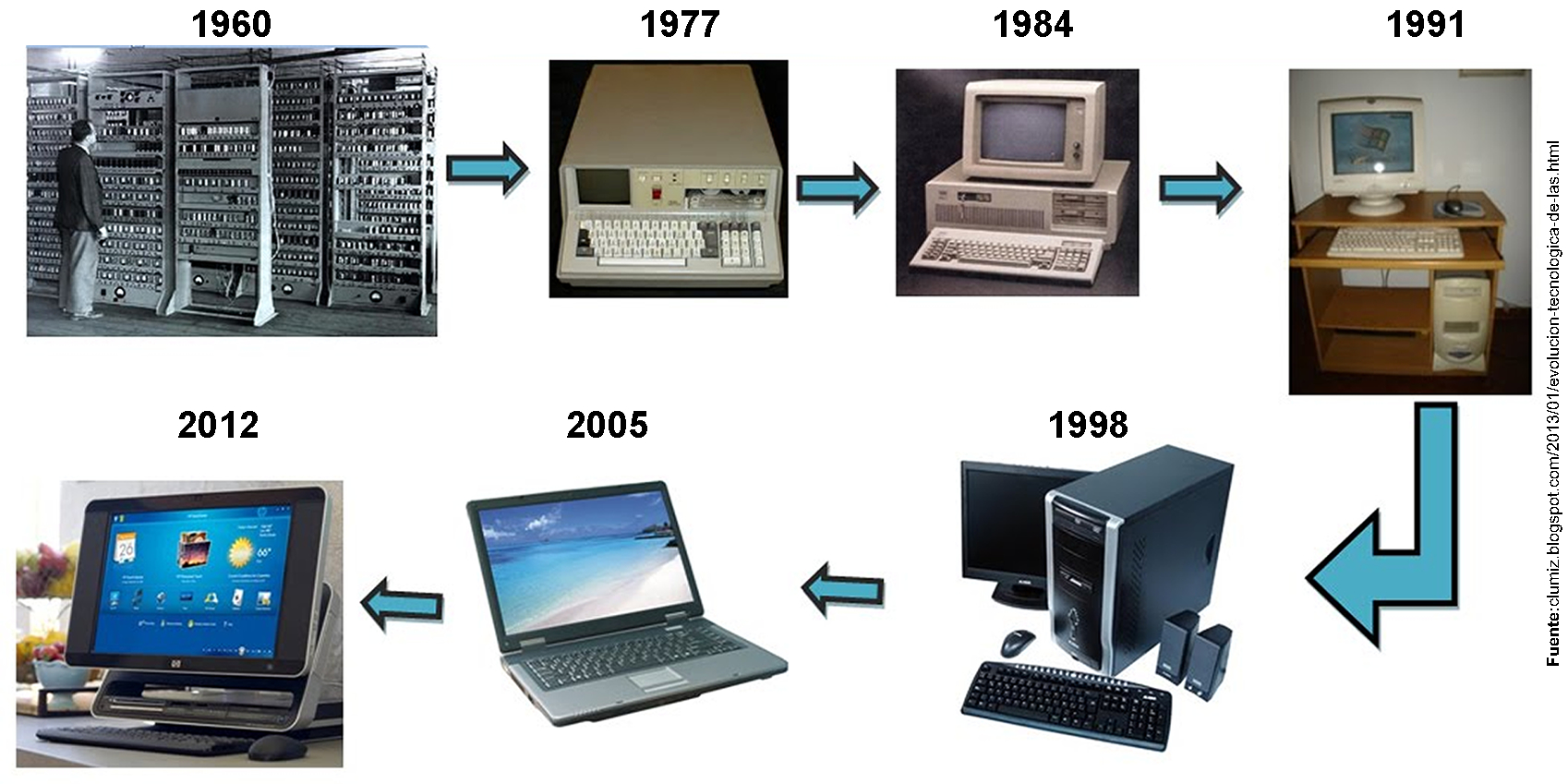

The first era to use the computer in the field of architecture is called the 2D drafting era. In 1963, Ivan Sutherland developed Sketchpad which can be used for 2D drafting. 3D models can also be drawn in sketchpad which resulted in the commercial use of 3D models. Then DAC-1, Design Augmented by Computer was developed by IBM and General motors for sketching and developing car models. The most popular 2D Drafting software, AutoCAD came to market in the 1980s with advanced drafting tools and a user-friendly interface. This gave architects the capability to design and create large drawings with more precision and effective way.
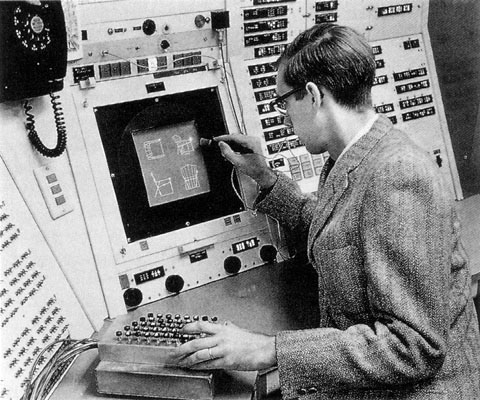

The second era is known as the 3D modeling era which is based on preparing 3D models and 3D project development. The development of 3D models in the computer is largely based on matrix theory invented by James Joseph Sylvester in 18th Century AD. Various software like Rhinoceros, Cobalt, etc came to the hands of users from the 1980s. During this time the building can be modeled on a computer to create visualizations, give clients better understanding, prepare movies, etc. Architects like Frank Gehry, Greg Lynn, etc used 3D modeling to solve complex geometry and give architecture a new-dimension.

The third era is the development of BIM (Building Information Modelling). The concept of BIM emerged from the 1970s which was published in the mid-1980s in the paper of Simon Ruffle. BIM as software emerged when each part of 3D models could carry a large amount of information within it and can be used for other computations. The early products were developed by Charles M. Eastman who developed AEC CAD in the mid-1970s. Softwares like ArchiCAD, Tekla Structures, Autodesk Revit, etc are some of the BIM software that popularised the use of BIM workflow. BIM workflow has also improved project management, risk management, solve clashes, and visualize the project in VR and improve the efficiency of project execution. The buildings like Nanjing International Youth Cultural Centre by Zaha Hadid Architects, Lè Architecture by Aedas, Crossrail, Europe, etc are some of the buildings built during this era.
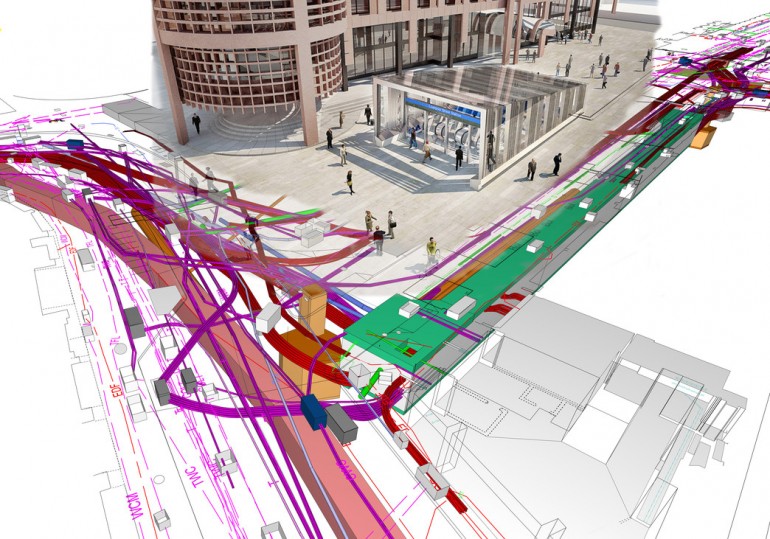

The fourth era is the Computational Design or algorithm-based design process. This advancement in the field of architecture gave the designers a better understanding of shapes, analyze and explore the possibilities, and develop the most productive solution. Parametric architecture, Generative Design, Geometric Rationalization, Form Finding, Programmatic Analysis, Network Analysis, GIS, Solar Access, and Daylight analysis are the result of the development of Computational Design. Computational Design flourished and was widely used by architects after the development of Grasshopper by David Rutten which is a visual programming-based software with scope for coding in the platform like Python & C#. The other softwares that popularised parametric architecture are Cobalt (CAD Program), Dynamo, Free CAD, etc. The use of computational design is also made in the development and application of robots in the construction and digital fabrication industry. The buildings like “Grotto II” by Benjamin Dillenburger and Michael Hansmeyer, “Thallus” by ZHA CoDe (Computational Design), Guangzhou Opera House in China by Zaha Hadid Architects, The Heydar Aliyev Center design by Zaha Hadid Architects, etc are some of the buildings that are built in this era.
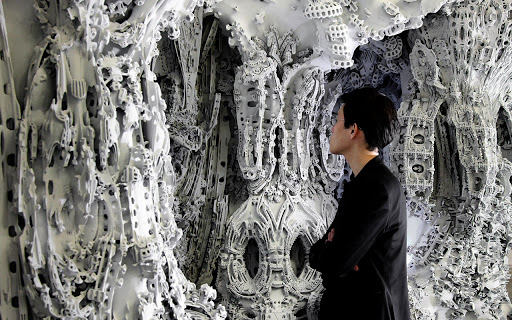

The fifth era is Machine Learning, which is partly based on computational design development. Machine learning combines the data through a range of algorithms, pattern recognition, neural networks, generative design, artificial intelligence, etc to produce meaningful results. Training, analysis, and applications are the three stages on which machine learning works. The use of machine learning will let the computer to design solutions based on the inputs from its fast experience and statistical models prepared on the inputs and then provide productive data to the users.
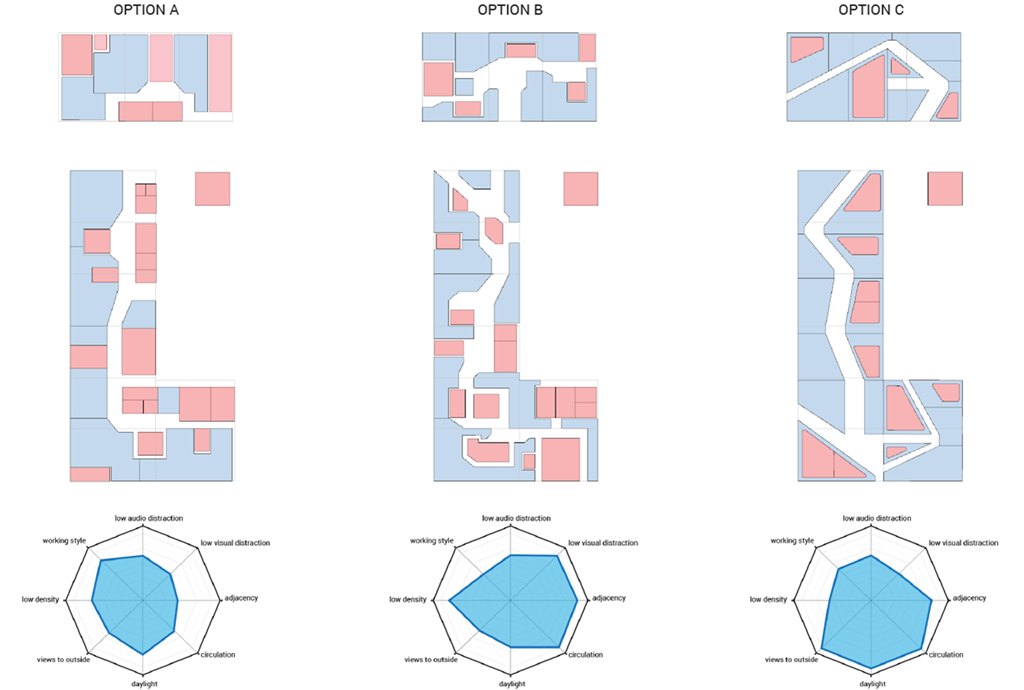
The computational design has introduced Virtual Reality, Augmented Reality, Holographic Visualizations, Artificial Intelligence, etc. Numerous universities around the world are conducting research and advancements in computational design like the Department of Computer Science, University College London, Department of Architecture, MIT, Department of Architecture, Technical University of Delft, The Netherlands, Institute of Computational Design, University of Stuttgart, etc. We are still adapting to the new materials and ways of implementing computational designs in our project for a better design solution and to get productive output. It’s now on us to learn and accept technological advancement, collaborate a lot to create a better environment to grow all together, and create the future.













